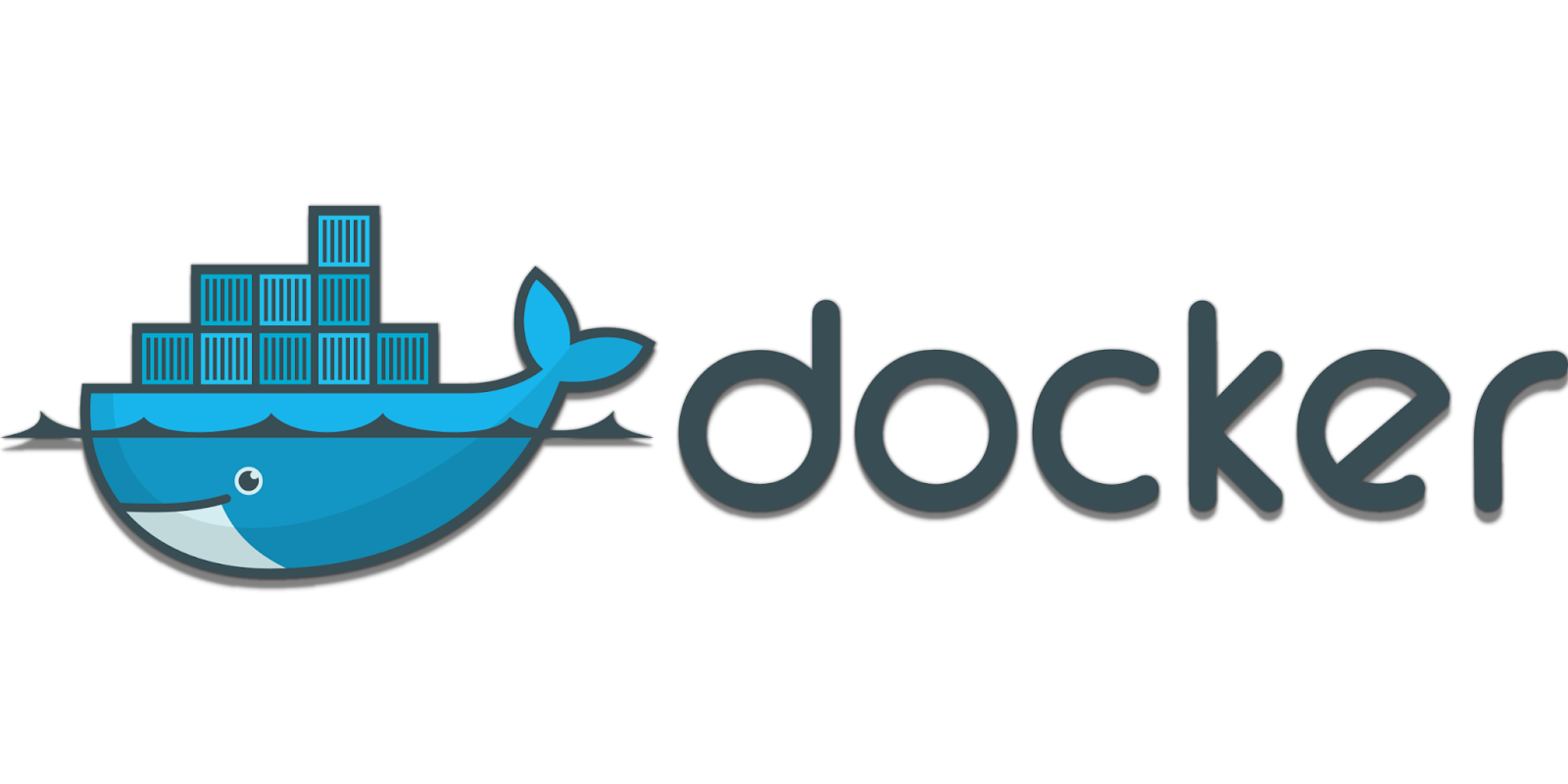Introduction:
Before the appearance of Big business Java Beans (EJB), Java designers expected to utilize JavaBeans to make Web applications. In spite of the fact that JavaBeans helped in the advancement of UI (UI) parts, they couldn't offer types of assistance, for example, exchange the executives and security, which were expected for creating hearty and secure endeavour applications. The approach of EJB was viewed as an answer for this issue EJB broadens the Java parts, like Web and endeavour parts, and offers types of assistance in big business application improvement. Nonetheless, fostering an endeavour application with EJB was difficult, as need might have arisen to perform different undertakings, for example, making Home and Distant connection points and executing lifecycle call back techniques which lead to the intricacy of giving code to EJBs Because of this inconvenience, engineers began searching for a more straightforward method for creating venture applications.
The Spring framework(which is regularly known as Spring) has arisen as an answer for this large number of inconveniences This system utilizes different new procedures, for example, Viewpoint Situated Programming (AOP), Regular Java Item (POJO), and reliance infusion (DI), to foster venture applications, subsequently eliminating the intricacies required while creating undertaking applications utilizing EJB, Spring is an open source lightweight structure that permits Java EE 7 designers to construct basic, dependable, and versatile endeavour applications. This structure for the most part centres around giving different ways of assisting you with dealing with your business objects. It made the advancement of Web applications a lot more straightforward when contrasted with exemplary Java structures and Application Programming Points of interaction (APIs), like Java data set connectivity(JDBC), Java Server Pages(JSP), and Java Servlet.
Elements of the Spring Structure
The elements of the Spring structure like IoC, AOP, and exchange of the executives, make it novel among the rundown of systems. The absolute most significant highlights of the Spring structure are as per the following:
IoC holder:
Alludes to the centre holder that utilizes the DI or IoC example to verifiably give an item reference in a class during runtime. This example goes about as an option in contrast to the help finder design. The IoC compartment contains constructing agent code that handles the setup of the executives of use objects.
The Spring system gives two bundles, specifically org.springframework.beans and org.springframework.context which helps in giving the usefulness of the IoC holder.
Information access structure:
Permits the designers to utilize tireless APIs, like JDBC and Rest, for putting away diligence information in a data set. It helps in taking care of different issues of the engineer, for example, how to communicate with a data set association, how to ensure that the association is shut, how to manage special cases, and how to carry out exchange the executives It likewise empowers the designers to handily compose code to get to the determination information all through the application.
Spring MVC system:
Permits you to assemble Web applications in view of MVC engineering. Every one of the solicitations made by a client initially go through the regulator and are then dispatched to various perspectives, or at least, to various JSP pages or Servlets. The structure taking care of and structure approving highlights of the Spring MVC system can be handily coordinated with all famous view advances, for example, ISP, Jasper Report, Free Marker, and Speed.
Exchange the executives:
Helps in taking care of exchanging the board of an application without influencing its code. This system gives Java Exchange Programming interface (JTA) for worldwide exchanges supervised by an application server and nearby exchanges supervised by utilizing the JDBC Sleep, Java Information Articles (JDO), or different information access APIs. It empowers the engineer to display a large number of exchanges based on Spring's revelatory and automatic exchange of the executives.
Spring Web Administration:
Creates Web administration endpoints and definitions in light of Java classes, yet overseeing them in an application is troublesome. To take care of this issue, Spring Web Administration gives layered-based approaches that are independently overseen by Extensible Markup Language (XML) parsing (the strategy of perusing and controlling XML). Spring gives compelling planning to communicating approaching XML message solicitation to an article and the designer to effectively convey XML message (object) between two machines.
JDBC deliberation layer:
Helps the clients in taking care of mistakes in a simple and effective way. The JDBC programming code can be decreased when this deliberation layer is carried out in an Internet application. This layer handles exemptions like Driver Not Found. All SQL Exceptions are converted into the Data Access Exception class. Spring's information access exemption isn't JDBC explicit and thus Information Access Articles (DAO) are not bound to JDBC as it were.
Spring TestContext structure:
Gives offices of unit and mix testing for the Spring applications. Also, the Spring Test Context system gives explicit mix testing functionalities like setting the executives and storing DI of test installations, and conditional test the board with default rollback semantics.
Advancement of Spring System
The Spring Structure was first delivered in 2004. After that there has been a critical significant modification, for example, Spring 2.0 gave XML namespaces and AspectJ support, Spring 2.5 gave comment driven design, Spring 3.0 gave a Java-based @Configuration model. The most recent arrival of the spring structure is 4.0. it is delivered with the help of Java 8 and Java EE 7 innovations. However you can in any case utilize Spring with a more established variant of java, the base necessity is limited to Java SE 6. Spring 4.0 additionally upholds Java EE 7 advances, for example, java message administration (JMS) 2.0, java tirelessness Programming interface (JPA) 2.1, Bean approval 1.1, servlet 3.1, and JCache.
Spring System Modules
Spring Centre Module:
The Spring Centre module, which is the centre part of the Spring system, gives the IoC holder There are two kinds of executions of the Spring compartment, specifically, bean manufacturing plant and application setting. Bean manufacturing plant is characterized by the org. spring framework. beans. factory. Bean Factory point of interaction and goes about as a holder for beans. The Bean industrial facility compartment permits you to decouple the arrangement and particular conditions from program rationale. In the Spring system, the Bean production line goes about as a focal IoC holder that is answerable for launching application objects. It additionally arranges and collects the conditions between these articles. There are various executions of the Bean Factory interface. The Xml Bean Factory class is the most well-known execution of the Bean Factory interface. This permits you to communicate the item to make your application and eliminate interdependencies between application objects.
Spring AOP Module:
Like Article Arranged Programming (OOP), which separates the applications into progressive system of items, AOP separates the projects into viewpoints or concerns. Spring AOP module permits you to execute concerns or perspectives in a Spring application in Spring AOP, the viewpoints are the customary Spring beans or normal classes commented on with @Aspect explanation. These viewpoints help in exchanging the board and logging and disappointment observing of an application. For instance, exchanging the executives is expected in bank tasks, for example, moving a sum starting with one record then onto the next Spring AOP module gives an exchange the board reflection layer that can be applied to exchange APIs.
Spring ORM Module:
The Spring ORM module is utilized for getting information from data sets in an application. It gives APIs to control data sets with JDO, Rest, and abattis. Spring ORM upholds DAO, which gives a helpful method for building the accompanying DAOs-based ORM arrangements:
-
Basic revelatory exchange the executives
-
Straightforward special case dealing with
-
String protected, lightweight layout classes
-
DAO support classes
-
Asset the board
Spring Web MVC Module:
The Internet MVC module of Spring executes the MVC design for making Web applications. It isolates the code of the model and views parts of an Internet application. In Spring MVC, when a solicitation is created from the program, it initially goes to the Dispatcher Servlet class (Front Regulator), which dispatches the solicitation to a regulator (Simple Form Controller class or Abstract Wizard form Controller class) utilizing a bunch of overseer mappings. The regulator concentrates and cycles the data implanted in a solicitation and sends the outcome to the Dispatcher Servlet class as the model item. At last, the Dispatcher Servlet class utilizes View Resolver classes to send the outcomes to a view, which shows these outcomes to the clients.
Spring Web Stream Module:
The Spring Web Stream module is an augmentation of the Spring Web MVC module. Spring Web MVC system gives structure regulators, for example, class Simple Form Controller and Abstract Wizard Form Controller class, to carry out predefined work process. The Spring Web Stream assists in characterizing XML with recording or Java Class that deals with the work process between various pages of an Internet application.
Coming up next are the benefits of Spring Web Stream:
-
The stream between various UIs of the application is plainly given by characterizing Web stream in XML record.
-
Web stream definitions assist you with basically parting an application in various modules and reuse these modules in numerous circumstances.
Spring Web DAO Module:
The DAO bundle in the Spring structure gives DAO support by utilizing information access advances like JDBC, Sleep, or JDO. This module presents a JDBC reflection layer by disposing of the requirement for giving monotonous JDBC coding. It gives automatic as well as definitive exchange of the executives' classes. Spring DAO bundle upholds heterogeneous Java Information base Network and O/R planning, which assists Spring work with a few information access innovations. For simple and fast admittance to data set assets, the Spring structure gives unique DAO base classes. Various executions are accessible for every information access innovation upheld by the Spring structure. For instance, in JDBC, the JdbcDao Support class and its strategies are utilized to get to the Data Source occurrence and a preconfigured Jdbc Template example. You want to just broaden the JdbcDao Support class and give a planning to the genuine Data Source occurrence in an application setting design to get to a DAO-based application.
Spring Application Setting Module:
The Spring Application setting module depends on the Centre module. Application setting org.spring framework .context. Application Context is a point of interaction of Bean Factory. This module gets its component from the org. spring framework. beans bundle and furthermore upholds functionalities like internationalization (I18N), approval, occasion proliferation, and asset stacking. The Application setting carries out Message Source interface and gives the informing usefulness to an application.
.png_202301060615.png)
.png_202212280515.png)
.png_202212230619.png)
.png_202212220801.png)


.png_202211120618.png)